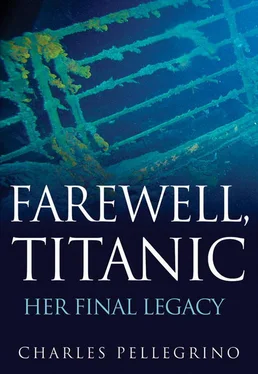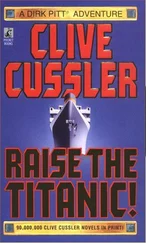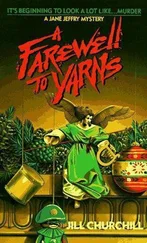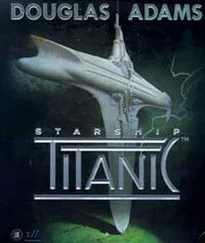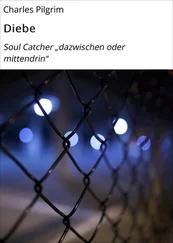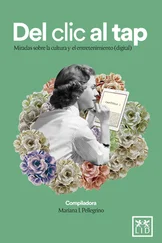Marconi was originally invited by the White Star Line as a special guest for the maiden voyage, but his work required him to be in New York three days ahead of the Titanic, so he booked earlier passage on the Lusitania instead. Although he was never involved in a shipwreck himself, his daughter Gioia noted that ships her father changed his mind about sailing on sank when he would have been on them, and ships on which he actually sailed sank later.
Captain Arthur Rostron’s and Madeline Mellinger’s closing thoughts about the Titanic : Rostron, The Loss of the Titanic (Indian Orchard, MA: Titanic Historical Society, 1931), 27; Mellinger letter to Walter Lord, 1961, L/P file, p. 595.
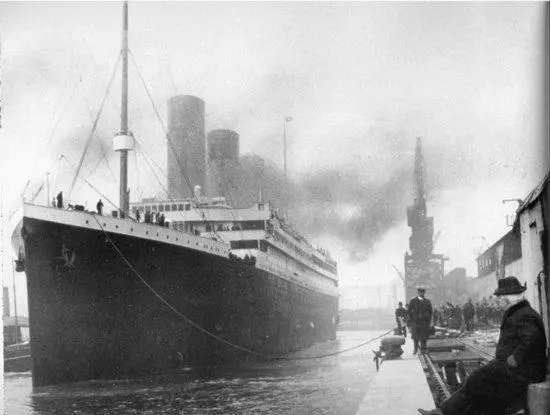
The Titanic is launched on April 10, 1912, from the dock at Southampton on its first and last voyage.

The bend in the base of the foremast shows the forces that were operating when the Titanic ’s bow section broke away from the stern and began its 2.5-mile fall, during what evidently began as a steep, nose-down plunge.
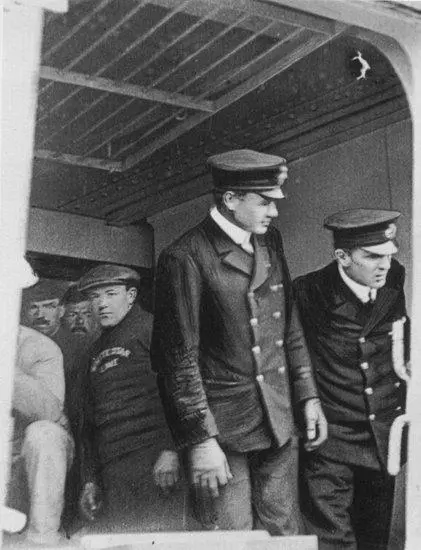
William Murdoch and Charles Lightoller at a portside gangway door during the Titanic ’s brief stop to pick up additional passengers at Queenstown, Ireland. Most of the crew standing behind them did not survive.
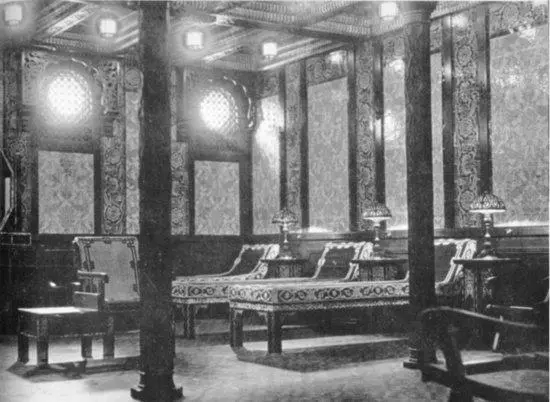
The Turkish baths on the Titanic .

Almost all of the wood trim and other organic furnishings in Captain Smith’s quarters have disappeared, leaving behind only a bathtub and other plumbing fixtures. In the lower left corner of the photo, rusticle branches are growing up from the edge of the captain’s bath.
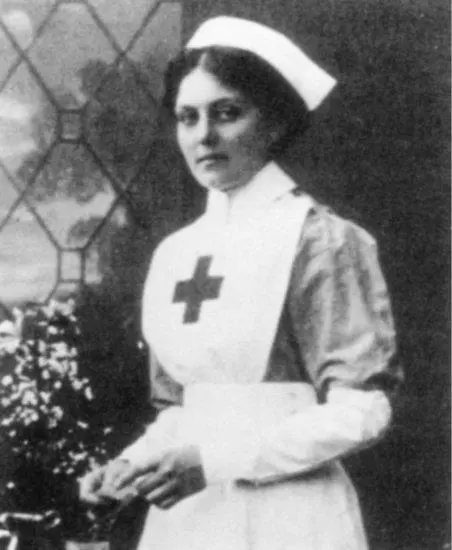
Stewardess Violet Jessop serving as a nurse aboard the Titanic ’s sister ship, the Britannic , shortly before she became a double survivor.
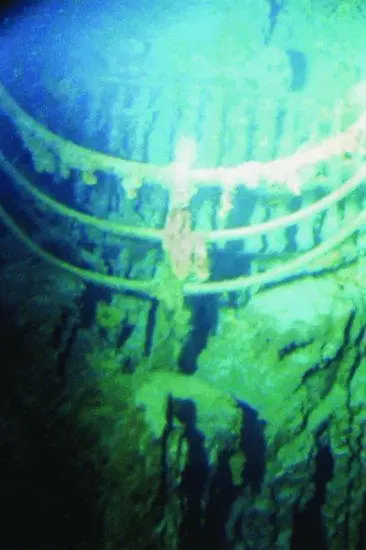
By 2001, the prow of the Titanic was completely enclosed by a living rusticle reef. Georgyj Vinogradov’s “gorgon” can be seen growing like a flower mounted on the stem and anchored to the reef. Like the rusticles, the gorgons were recording a recent history of perplexing growth surges—literally a sea change.
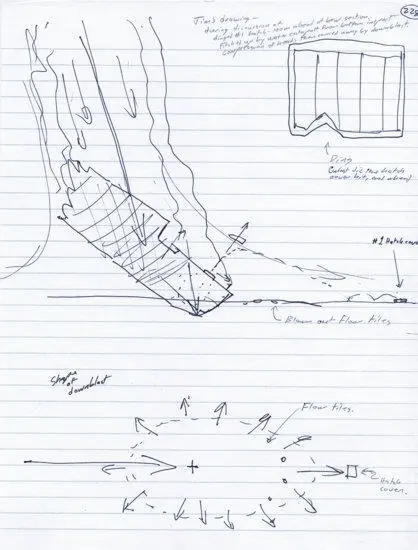
Field notes by James Cameron and myself from the September segments of the 2001 expedition, illustrating the column-collapse, down-blast, and surge-cloud effects and explaining how objects from the middle of the Titanic ’s bow section ended up being carried in front of the bow.
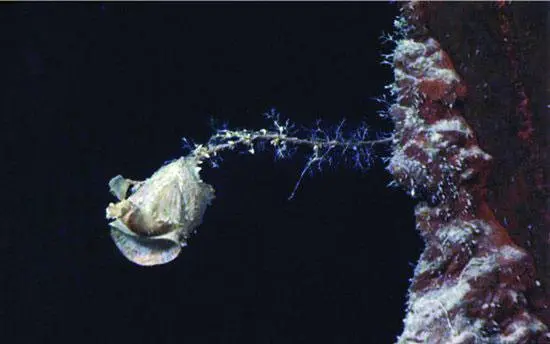
Though it resembles a rose, this tunicate, living on the rusticle reef that covers the Titanic ’s prow, is closely related to ancestral vertebrates. Like a Venus flytrap, this organism closes whenever a small animal ventures too near. The stem was sprouting secondary colonies of Vinogradov’s Gorgon when it was photographed in 2003.
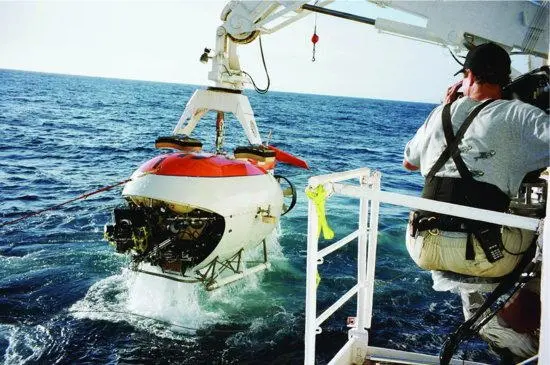
In August 2001, Mir-1 surfaces from one of Expedition Titanic XIII’s first dives.
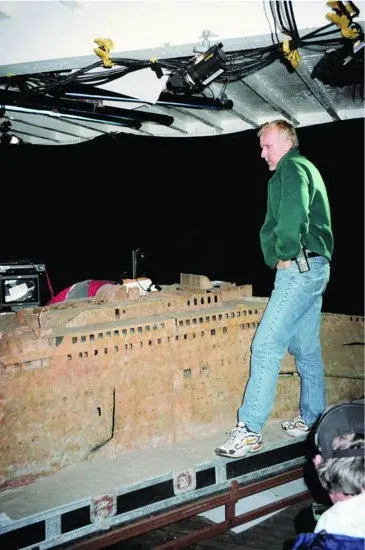
Aboard the Keldysh in September 2001, James Cameron presides over a dive-planning session, with a properly scaled Mir submersible at center.
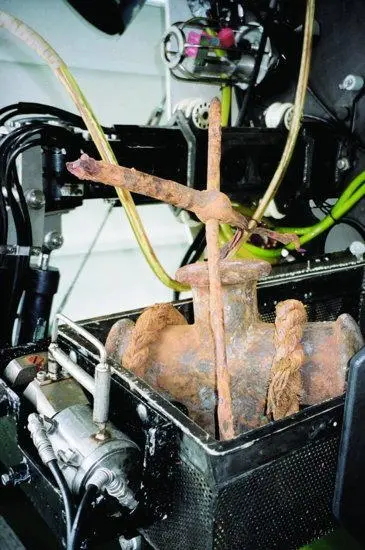
At 7:30 a.m., New York time, on September 11, 2001, the two rusticle substrates brought up for study were being returned by Mir-1 to their original location near boat 8. After the first sample broke into the shape of a cross and a cross-shaped davit bit came up with a section of rope draped over its arms, a Russian scientist eerily lamented that the objects were a bad omen and that a third cross would soon be seen.
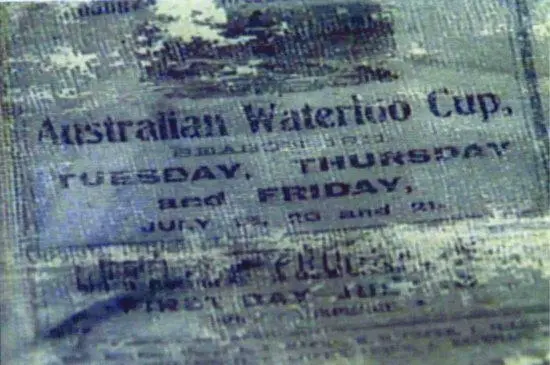
While inch-thick steel was disappearing year by year before our eyes, newspapers and other delicate organic materials often exhibited greater survival power. Howard Irwin’s racing sheets from Australia were still readable after more than eighty years under the sea. During the 1996 expedition, after a child’s shirt was found, a moratorium was declared against landings near a burst point in the stern.
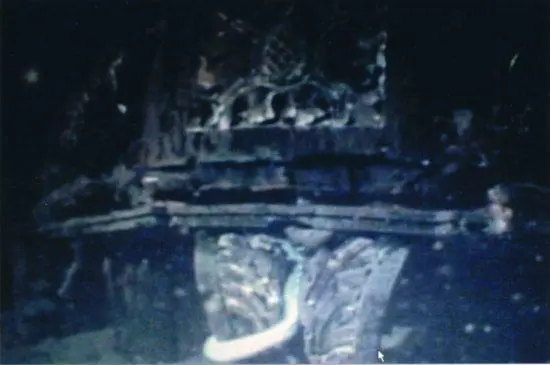
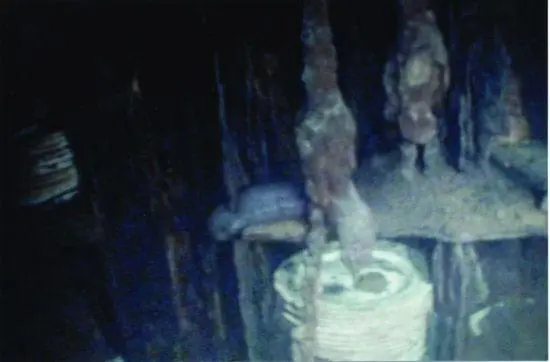
One of the strangest organisms observed inside the Titanic was the mahogany-dwelling “white worm,” discovered in 2001. This animal, notable for the rows of glowing portholes on its sides, was finally identified as a sea cucumber, a cousin of the common starfish, in 2005, when one of them was seen resting on a pantry shelf. These photos were taken by Jim Cameron.
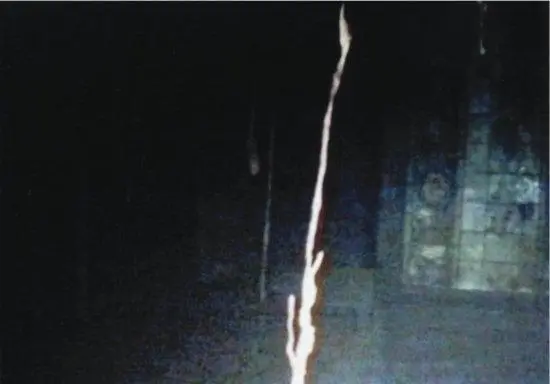
Rusticle flowers growing up through the floor of the Titanic ’s Turkish baths were photographed by Jim Cameron moments before the mini-bot Gilligan flamed out a battery and became a permanent resident of the lost liner.
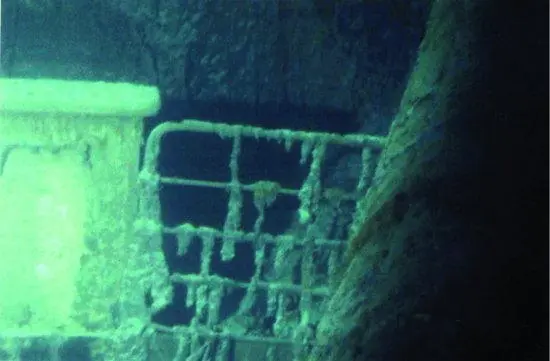
Daniel Buckley’s gate still remains locked against third-class passengers even though the foremast came crashing down to one side of it and the rusticle reef has been metabolizing its iron.
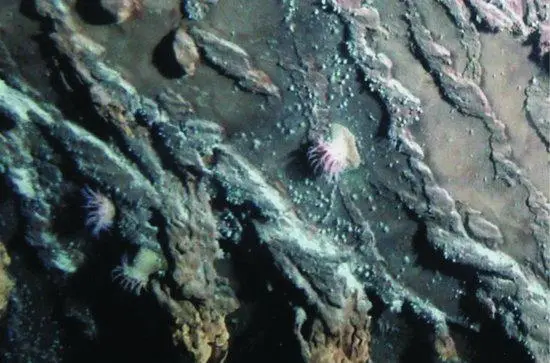
Across the officers’ quarters and along the more than 450-foot-long bow section of the Titanic , the rusticle reef that is slowly creating an unusual blend of natural and man-made patterns is turning the Titanic into one of the largest organisms on Earth.

The polymathic explorer Carl Spencer made his first dive in the Mir to the Titanic only a short time before his death aboard the nearly identical sister ship, Britannic.
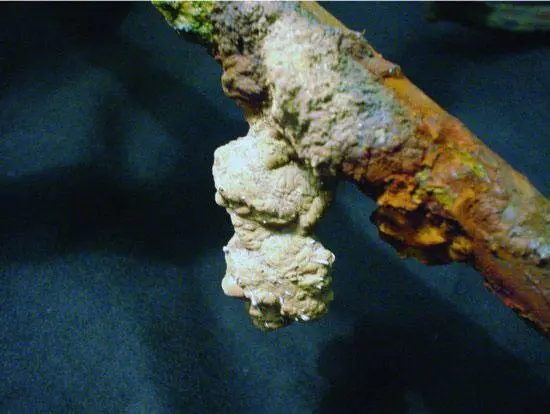
Close-up view of a rusticle stalactite living on the Titanic ’s number 8 boat railing near the spot where the band played. Note the calcium-absorbing and secreting invertebrates colonizing the rusticle’s outer shell.
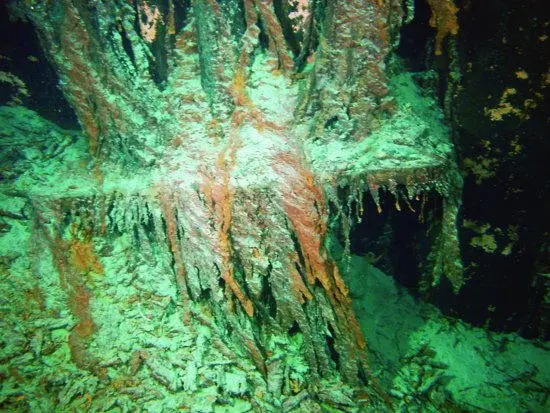
Upon impact with the seabed, the Titanic ’s prow was buried almost up to the base of its anchors. By 2003, rusticle branches had grown from the anchors down to the sea floor. The depth to which the prow is embedded can be appreciated by comparing the position of this anchor to its appearance in the 1912 photo of the Titanic leaving Southampton on the first page of this photo insert.
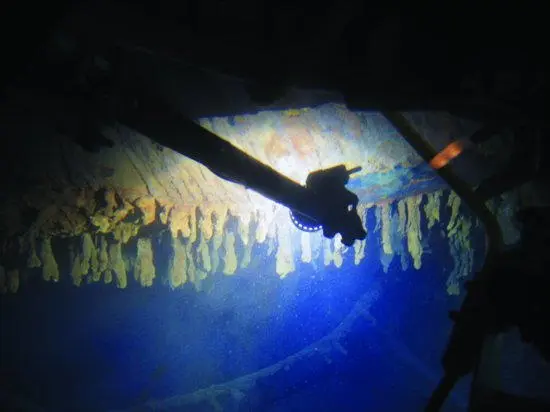
The wholesale disintegration of the Titanic ’s iron and sulfur is shown quite dramatically in this photo of the rusticle reef hanging down from the crow’s nest region of the foremast in 2003, as the hollow steel mast began to split and sag toward collapse.
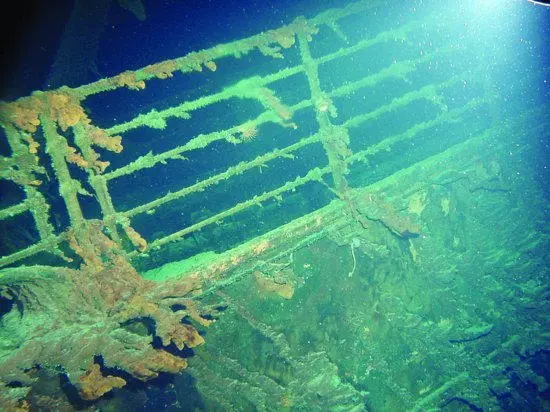
A surviving picket of rails along the Titanic ’s bow section serves as an example of how the rusticle reef often branches out laterally in the currents, maximizing its surface area in the manner of a tree. The reef supports rich filter-feeding populations of anemones, gorgonarians, and tunicates, all of which are visible in this 2003 photo.
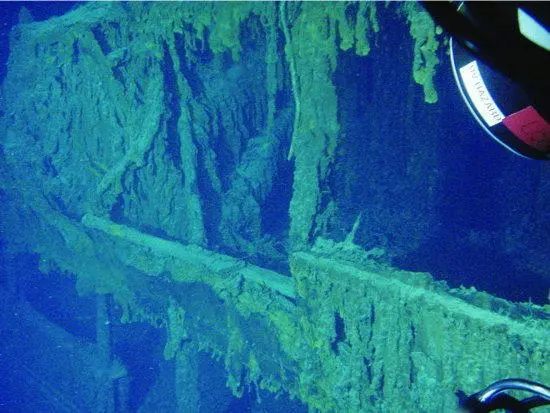
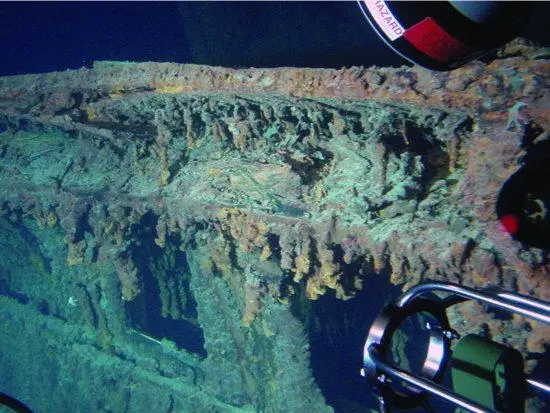
Under a mysteriously accelerating surge of rusticle growth, decks have begun collapsing one upon another, as in 2003 images recorded by Lori Johnston, compared to the photo at bottom showing decks that were still standing seventeen years earlier, when the Ballard team first surveyed the Titanic.
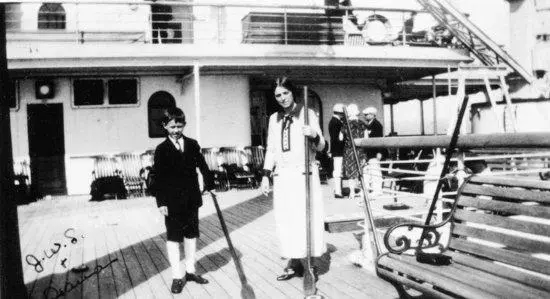

Young Walter Lord (top photo, left), author of A Night to Remember , with a family friend on the Titanic ’s twin, Olympic , in July 1926. A 1912 photo (right) taken by Father Frank Browne from almost the same angle, in the same location aboard the Titanic , demonstrates how nearly identical the two ships were.
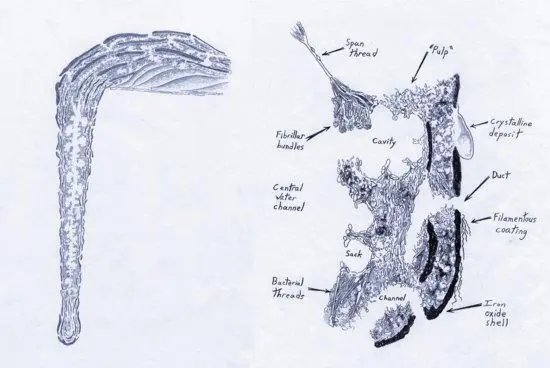
The Titanic rusticle reef is a complex organization of more than twenty bacterial and fungal species, arranged into layered growth bands and the channels of an interconnected circulatory system. These living fossils hint that multicellular life is not unique and may be inevitable wherever water and the right minerals exist.
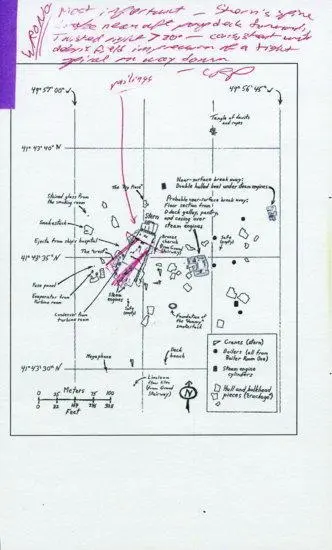
This map from the September 10, 2001, dive records the location of rails blasted off the stern upon bottom impact and the important discovery that prior maps were wrong. Red markings record verification of a lateral breaking of the stern section, indicating that it was falling in a tight spiral at the moment it hit the seabed.




The growth of the rusticle reef and the deterioration of the Titanic is seen in the years 1985, 2001, 2040, and 2080.
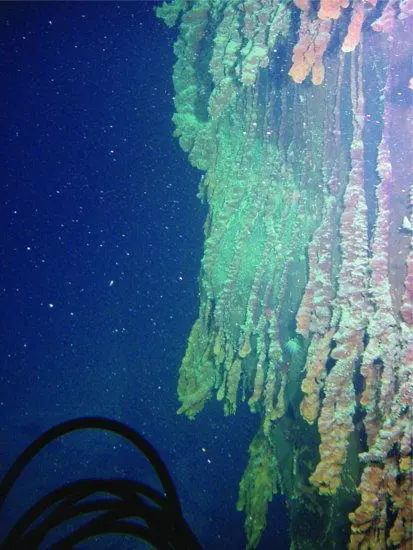
Rusticle streamers on the port side of the Titanic ’s prow reveal an interesting pattern of rooting, expansion, and branching.
Читать дальше
